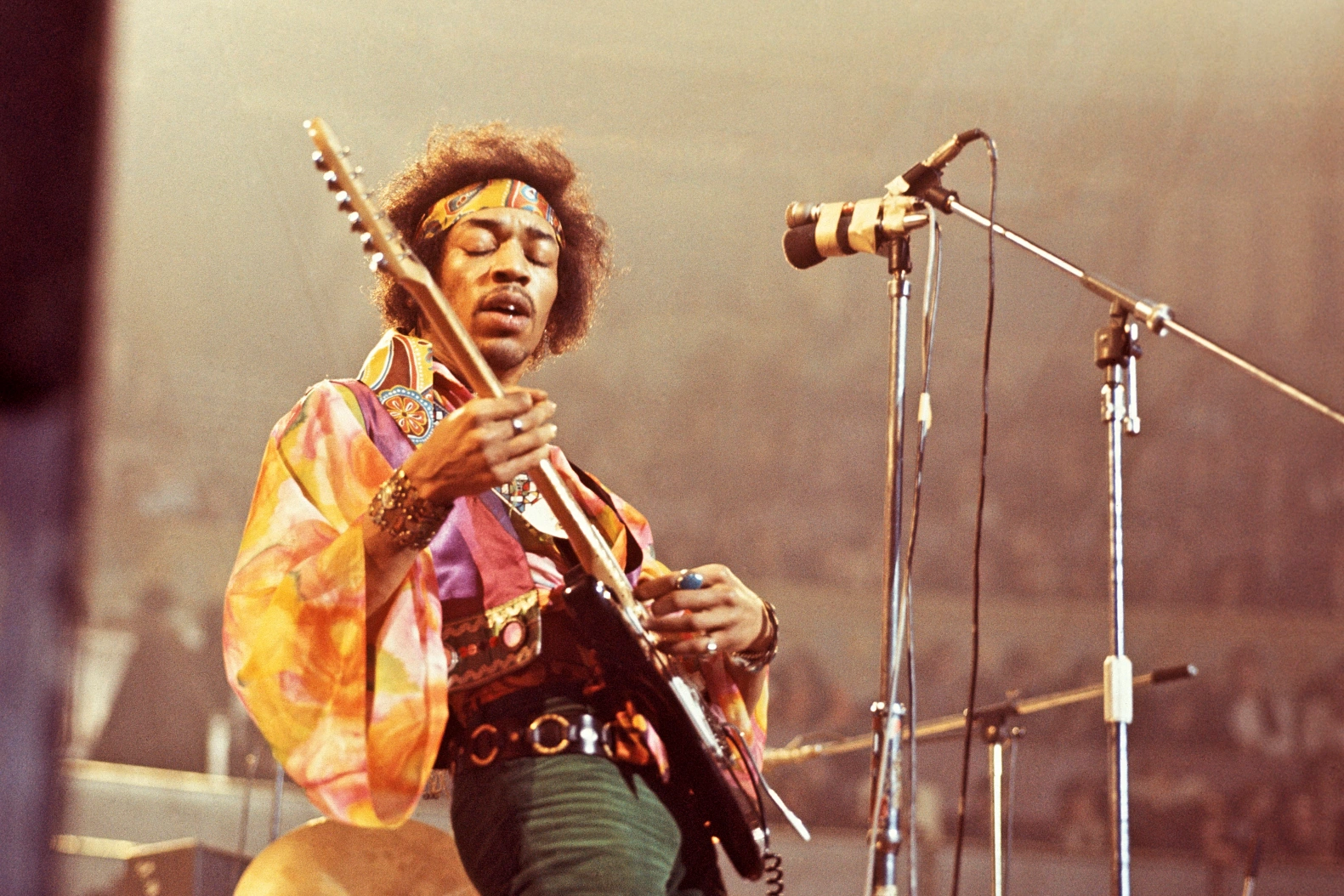Jimi Hendrix, the legendary guitarist and rock icon, was known for his electrifying performances and groundbreaking music. However, there’s a lesser-known aspect of Hendrix’s career that sheds light on his complex personality and attention to detail – his dissatisfaction with his album covers. In this article, we delve into the intriguing story of why Jimi Hendrix had a love-hate relationship with his album covers, exploring the clash between his public persona and private nature.
Jimi Hendrix, when on stage, was a force to be reckoned with. He exuded wild energy, set his guitars on fire, and indulged in typical rock ‘n’ roll extravagance. This larger-than-life persona was integral to his success and the lasting impact he had on music. Yet, it’s the stark contrast between his on-stage image and his off-stage personality that intrigues many.
Contrary to the wild and untamed persona he projected on stage, those who were close to Jimi Hendrix remember him as a reserved and laid-back individual. His friends and acquaintances often described him as softly spoken-and occasionally shy. Dave Davies, the guitarist of The Kinks, reminisced about his encounters with Hendrix, highlighting that in real life, Hendrix was nothing like the wild guy he portrayed on stage. Their interactions were casual, lacking the closeness one might expect from two rock icons.
Hendrix’s intriguing contradiction lay in his vanity. Despite his limited words in social settings, he paid meticulous attention to his flamboyant attire. Vanity, often viewed negatively, can also be a means of expressing one’s creative style. In Hendrix’s case, his extravagant clothing might have compensated for his social awkwardness, allowing him to communicate through his unique fashion choices.
Hendrix’s meticulous nature extended to the cover art of his albums. He took a keen interest in selecting the perfect cover that would represent his music and persona. One notable example is his debut album, “Are You Experienced.” The UK cover featured him in a cape, but Hendrix disliked the image, feeling it made him appear feminine. In contrast, the US cover, with its psychedelic circular design, was more to his liking.
For subsequent album covers, Hendrix collaborated with Karl Ferris, a renowned photographer. “Axis: Bold as Love,” one of Hendrix’s iconic albums, featured Ferris’ photograph along with an artistic depiction of the Hindu deity Vishnu. While Hendrix appreciated the artistry, he found it somewhat disconnected from the band’s identity.
When it came to “Electric Ladyland,” Hendrix went a step further. He provided a detailed description of his vision for the cover, which included a photo by Linda Eastman. However, the record label had other ideas and opted for a different image. It wasn’t until the 50th-anniversary release that Hendrix’s vision came to life. The UK version featured a controversial photo of naked women holding previous Hendrix records.
Hendrix’s feelings about his album covers were mixed. He appreciated the artistry and creativity behind them but often wished for more involvement in the decision-making process. In the case of “Electric Ladyland,” he commented on the distortion of the photo and how it affected the women’s appearance. This reveals a side of Hendrix that many may not have known – his desire for creative control, even in visual representations of his music.
In summary, Jimi Hendrix’s conflicting nature was evident in the stark contrast between his public image and private demeanor. While he projected a wild and explosive persona on stage, he was reserved and softly spoken offstage. His attention to appearance and album covers reflected his desire for creative expression and control. Despite these complexities, Hendrix’s impact on music and culture remains undeniable.
Jimi Hendrix’s story is a reminder that artists are multifaceted individuals with layers of complexity. His dissatisfaction with his album covers showcases his dedication to authenticity and creative expression. While Hendrix may have had reservations about certain visuals associated with his music, there’s no doubt that his music itself continues to captivate and inspire audiences worldwide. In the end, it’s his artistry and unique approach to rock ‘n’ roll that remain at the heart of his enduring legacy.
